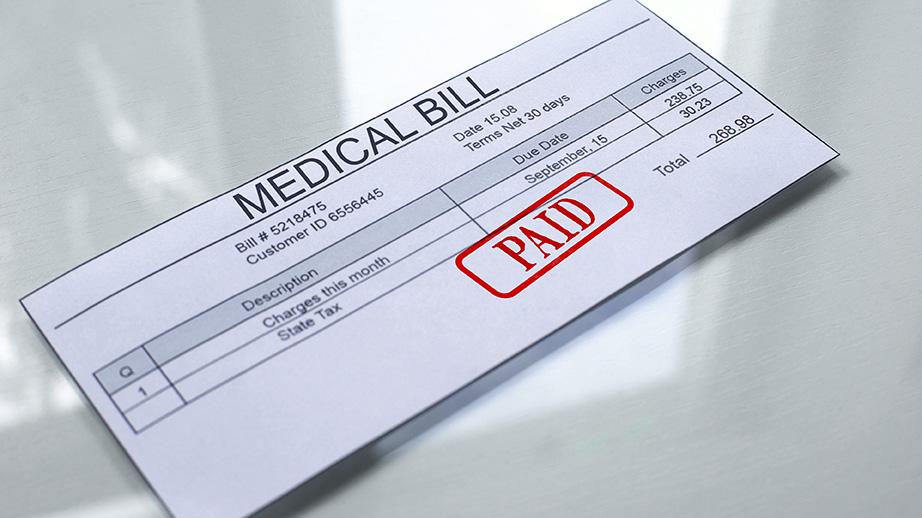

Recently,agrowingnumberof hospitalshaveadoptedtheuseof wearablepaymentdevicesto streamlinethepaymentprocessfor patients,butaconcerningtrendhas emerged:thesedevicesmaybe costingconsumersmoremoney.

MedWiseInsuranceAdvocacyhas analyzedtheimpactofthese devicesonhealthcareexpenses, andareurginghospitalsand healthcareproviderstoreconsider theiruseofwearablepayment devices.

Ashealthcareproviderscontinue tosearchforwaystoimprove patientexperiencesandreduce administrativeburdens,wearable paymentdeviceshavebecome increasinglypopular.

Thesedevices,whichtypically taketheformofwristbands,allow patientstomakecontactless paymentsforvarioushospital services,suchasmedications, consultations,anddiagnostic tests.

Whilethesedeviceswereinitially hailedasasolutionfor streamliningthepayment process,MedWisebelievesthat theymaybeinadvertentlydriving upcostsforconsumers.

"Ourresearchfoundthatthe averagecostofcareforpatients whousedwearablepayment deviceswas12%higherthanfor thosewhodidnot."SaidAdria GrossofMedWiseInsurance Advocacy.

Severalfactorshavebeen identifiedaspotential contributorstotheincreased costassociatedwith wearablepaymentdevices.

Oneofthesefactorsisthe addedconvenienceprovided bythedevices,whichmay encouragepatientstoconsume moreservicesthanthey otherwisewould.

Thislackofupfrontpricing informationcanmakeitdifficultfor patientstomakeinformed decisionsabouttheircareandmay contributetothehighercosts associatedwithwearablepayment devices.

Inlightofthesefindings, MedWiseInsuranceAdvocacy iscallingonhospitalsand healthcareprovidersto reevaluatetheiruseofwearable paymentdevices.



